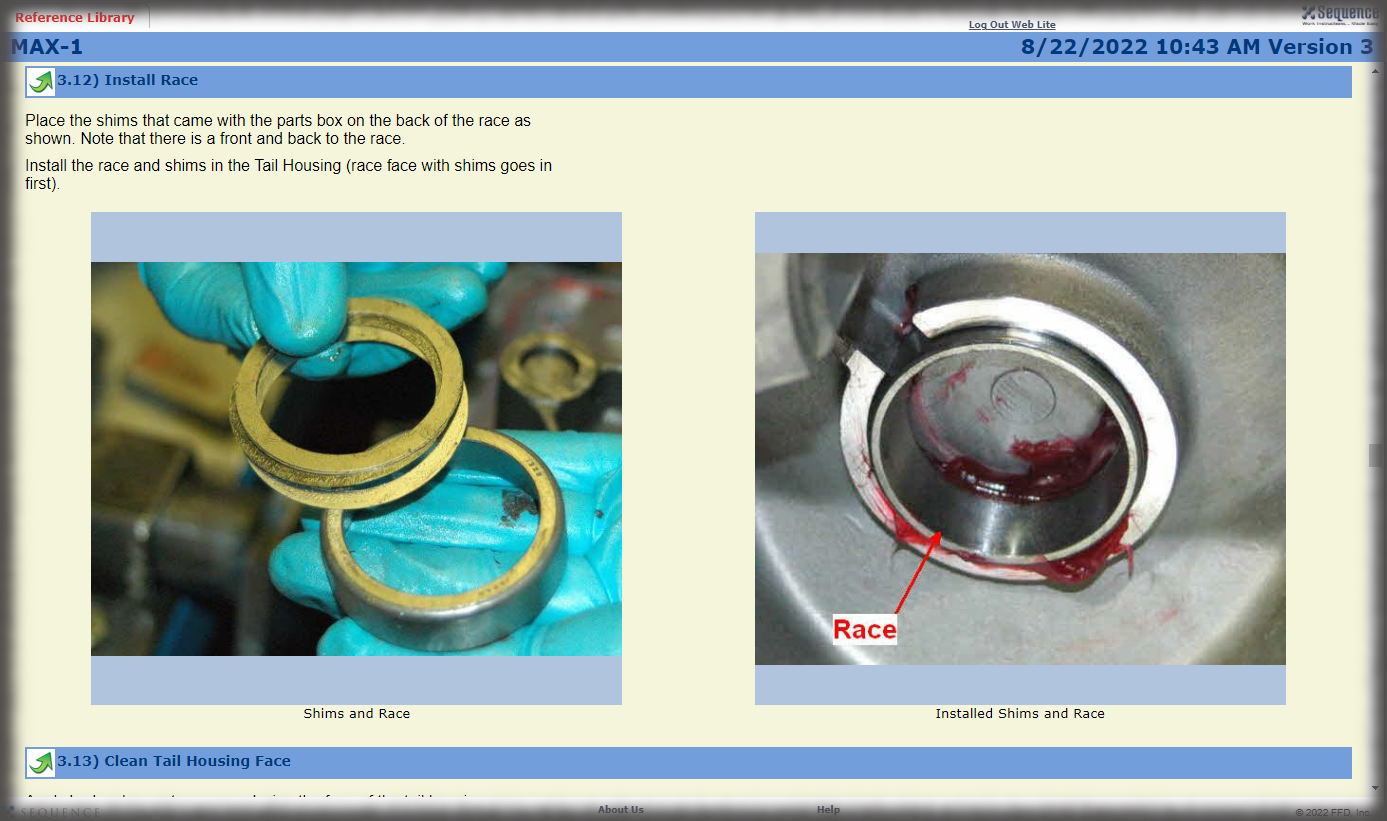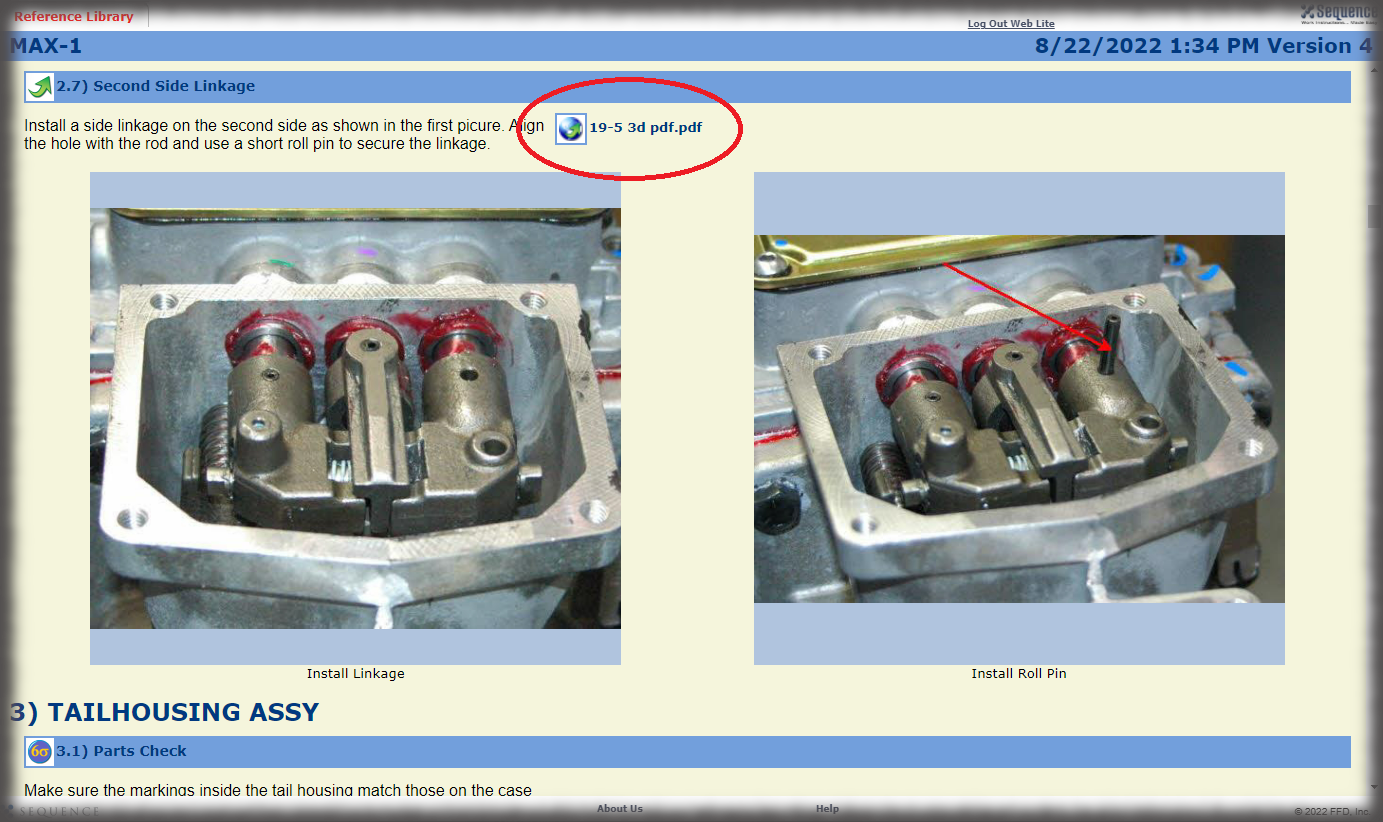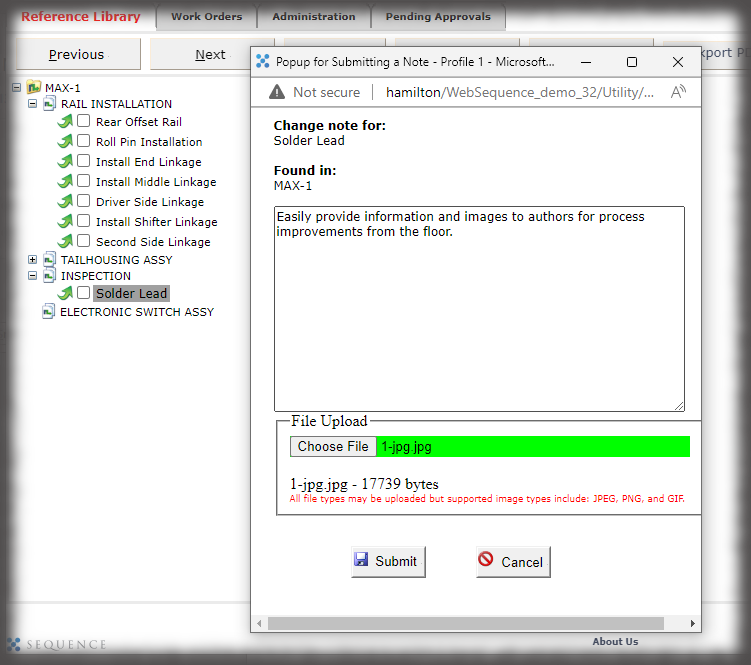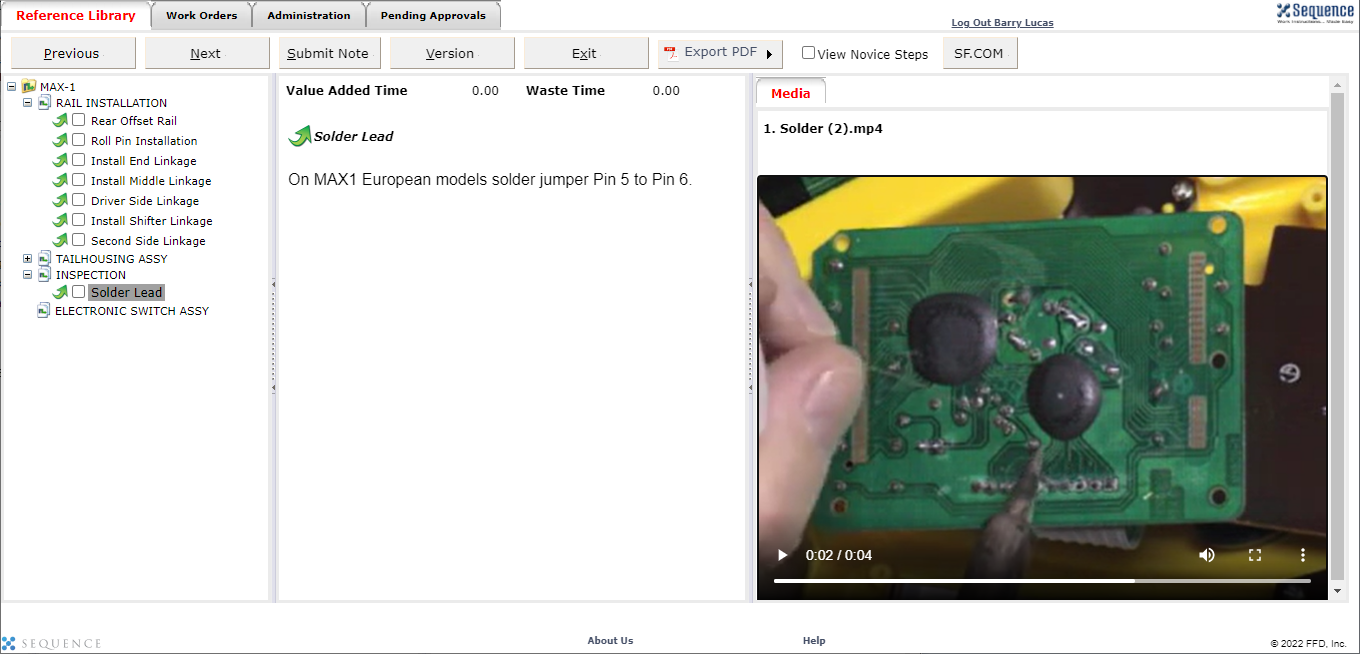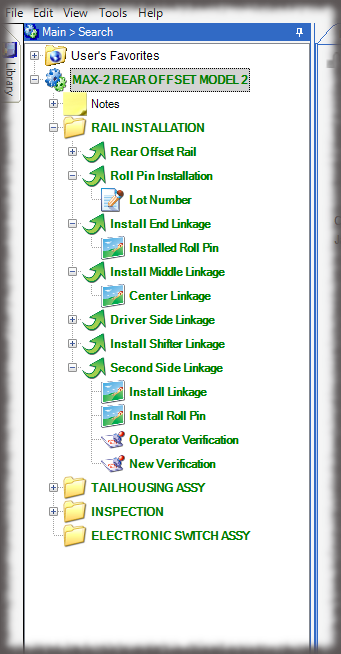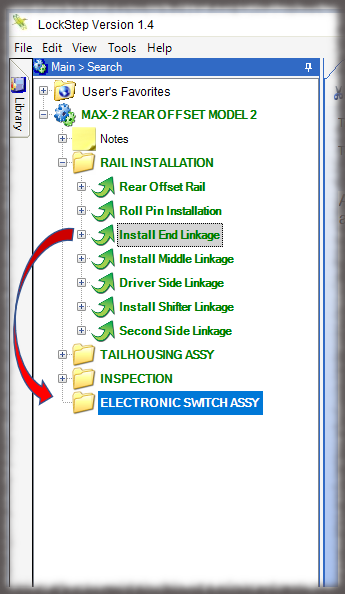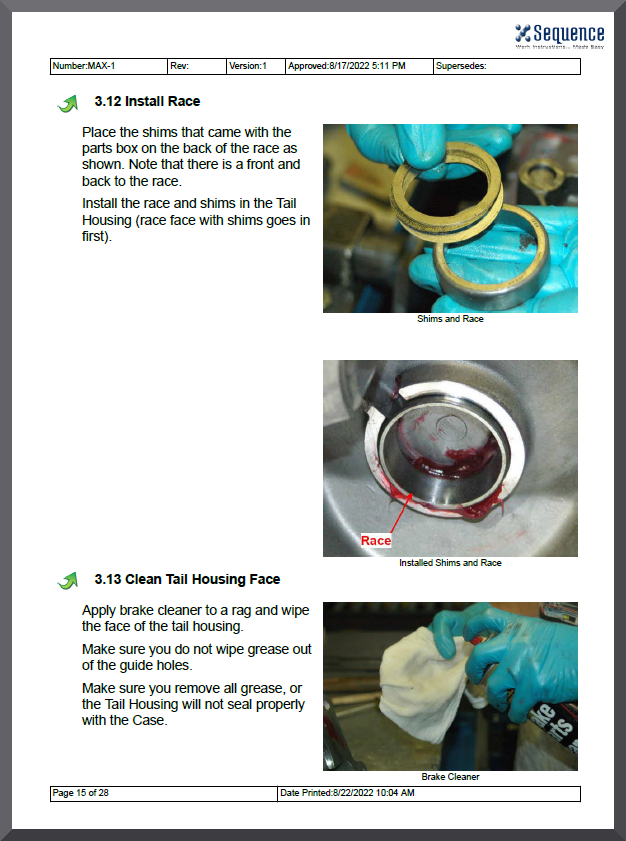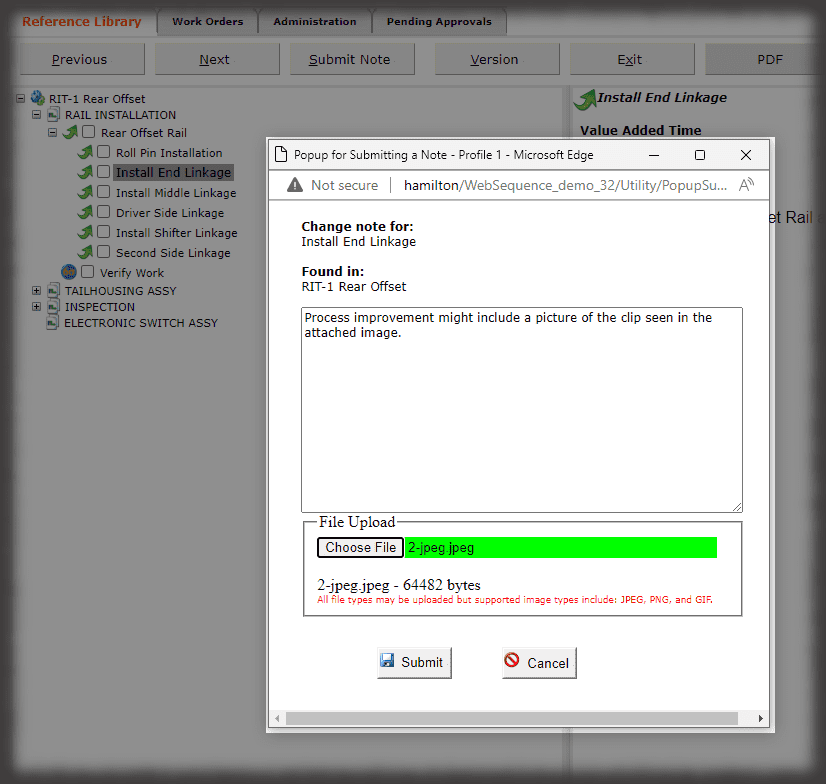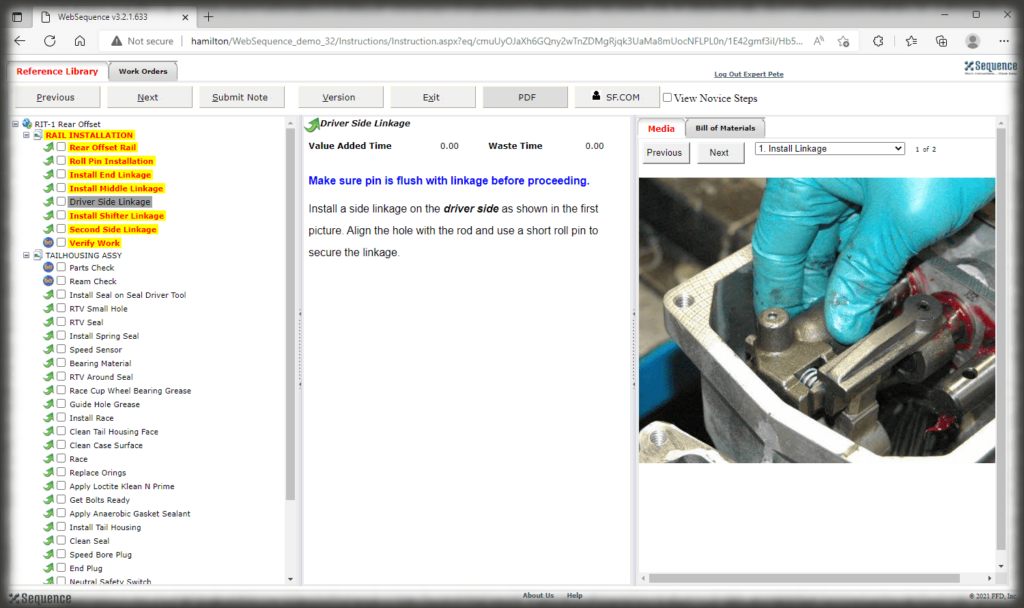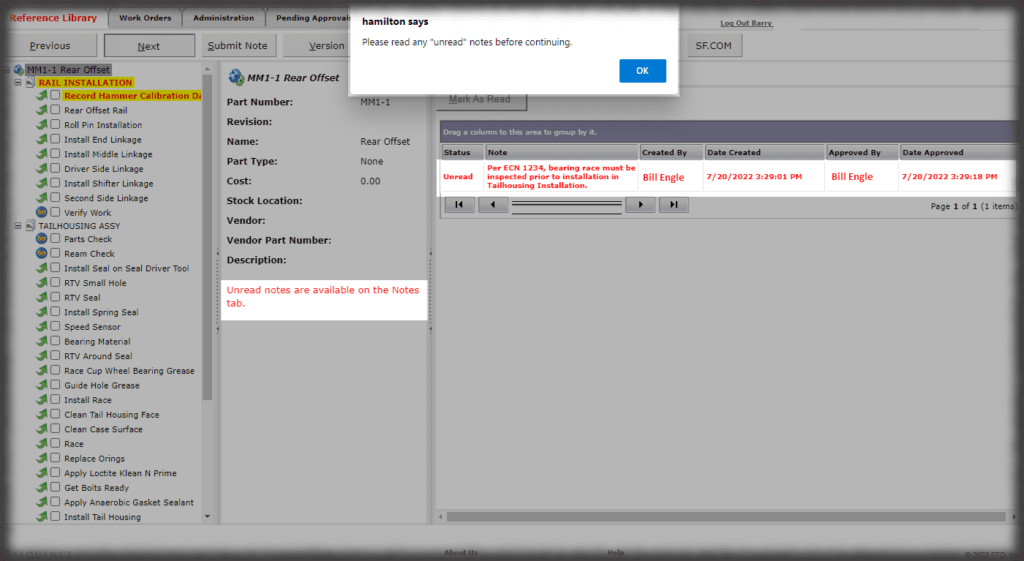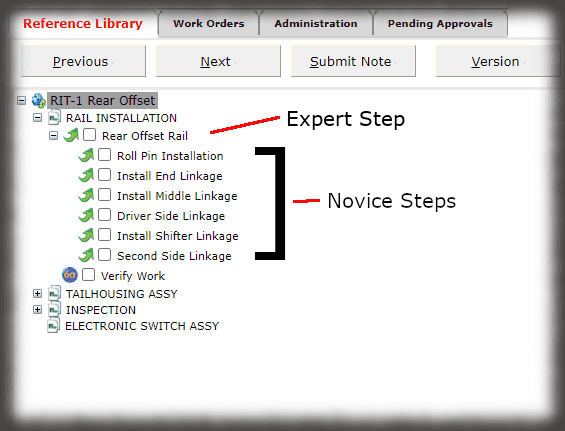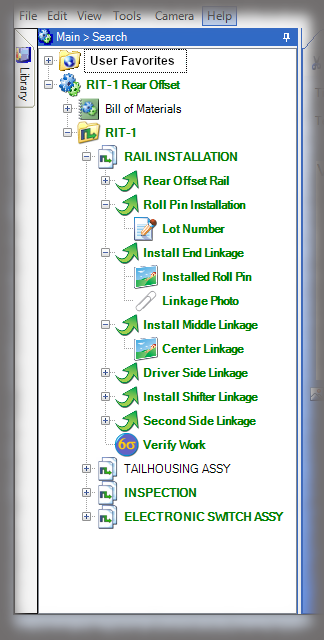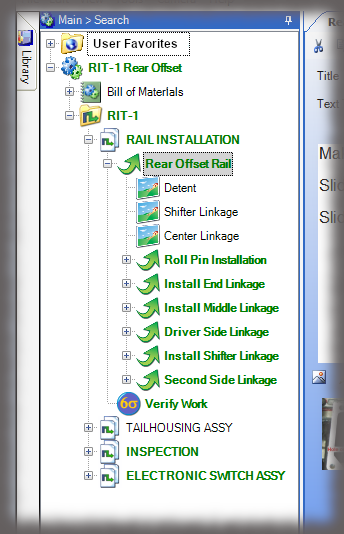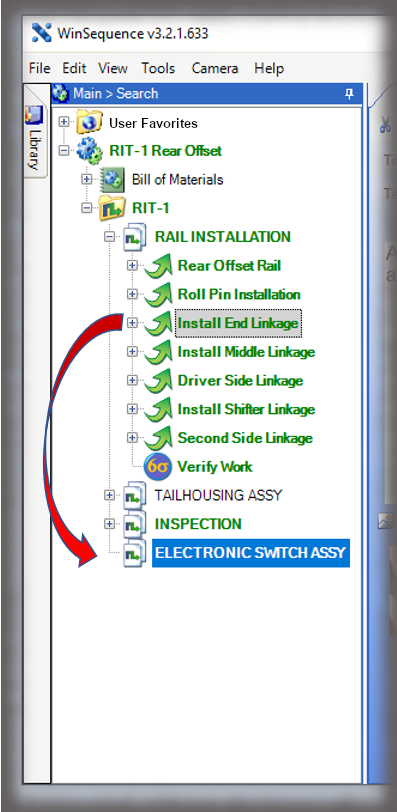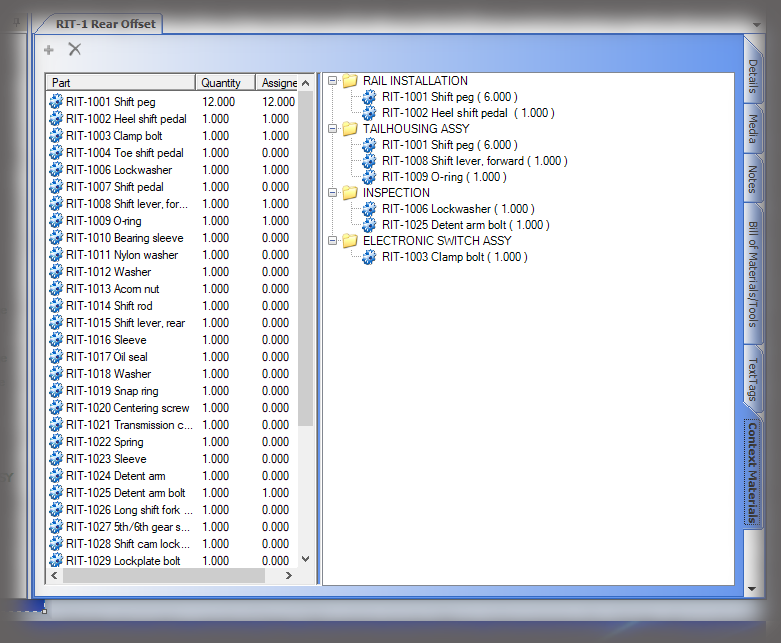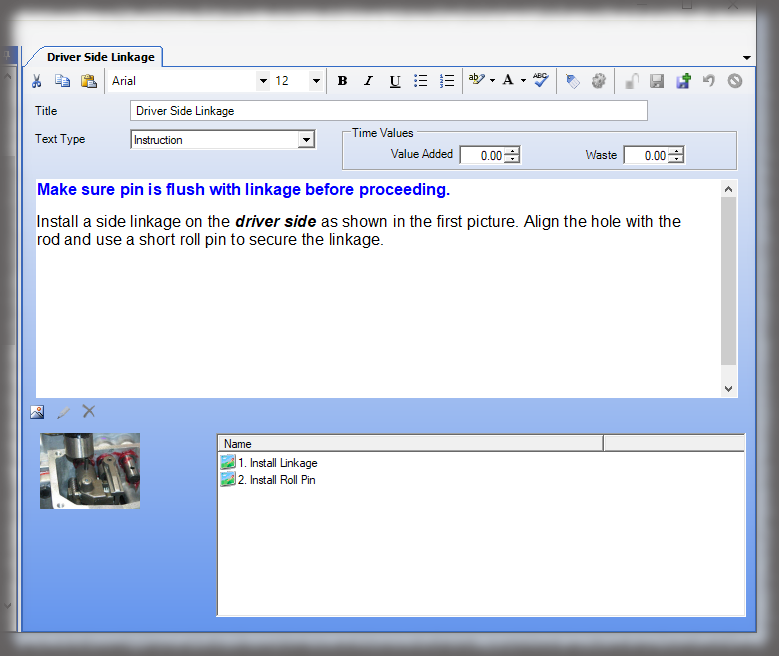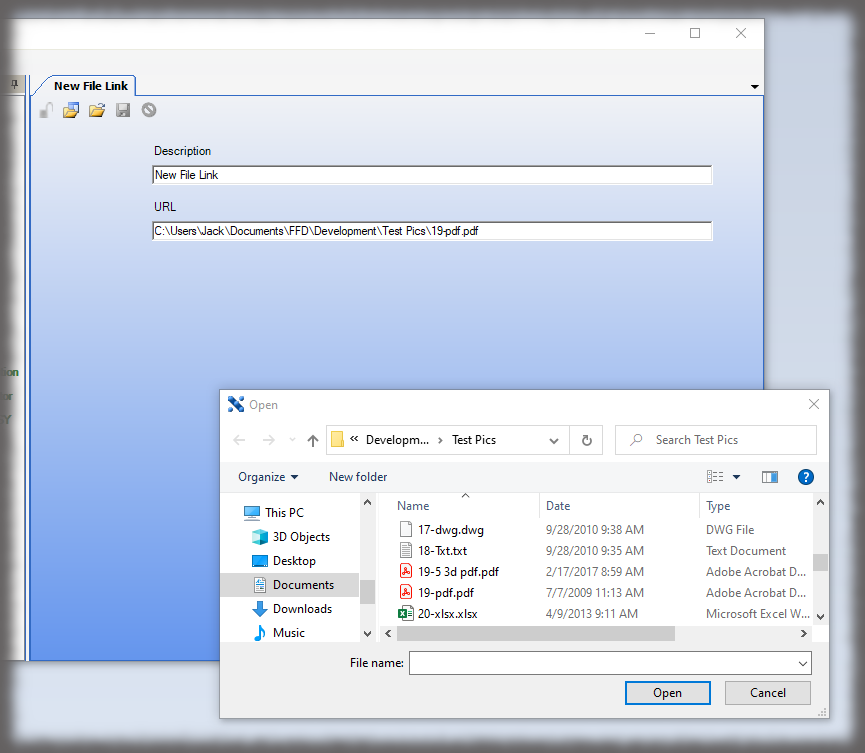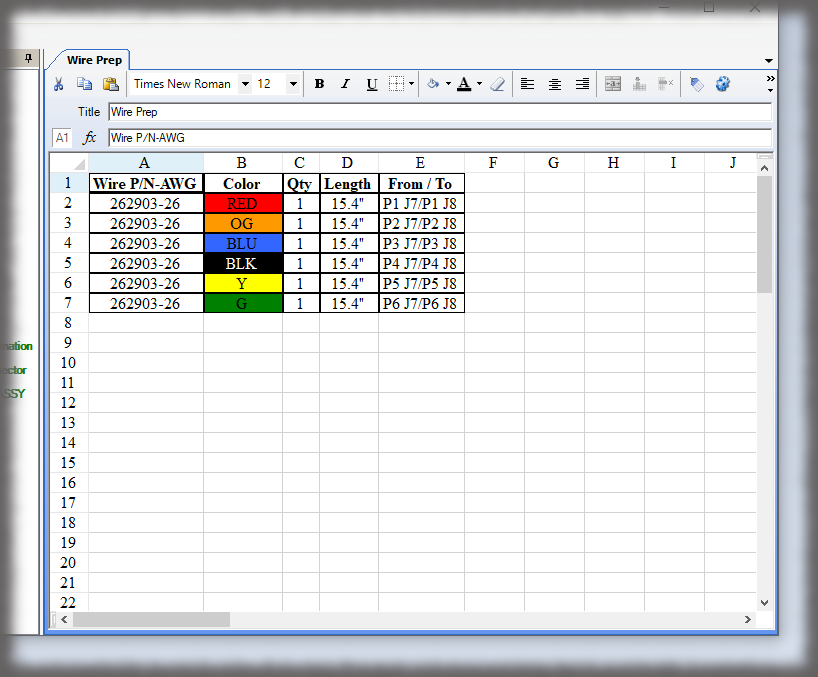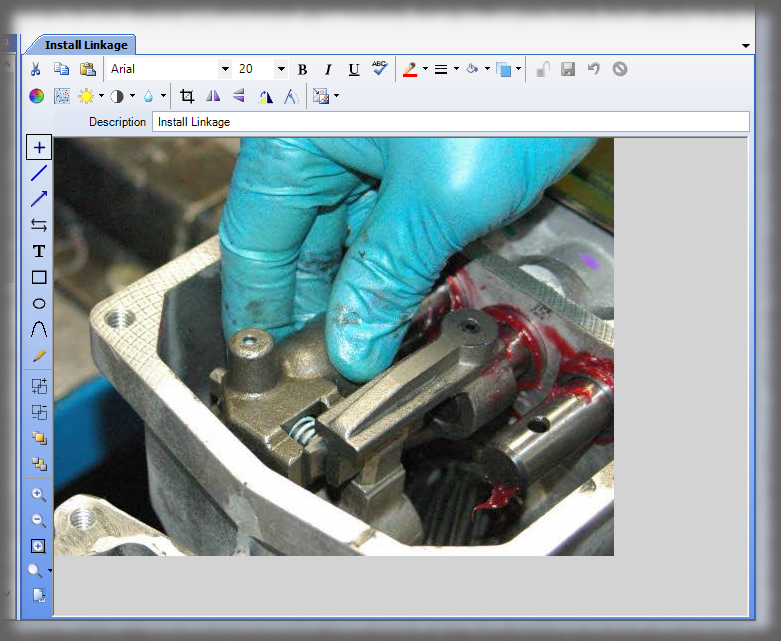Work instructions are a key element of any quality management system. They’re the foundation of the quality assurance process, the ‘how’ of making progress to quality goals. But if you’re beginning—or improving—your work documentation process, it can be hard to step back and see how all the pieces fit together. With the right digital tools, work instructions can support the need to constantly improve efficiency, standardization and quality in manufacturing while improving operator adherence and morale.
Quality Assurance vs. Quality Control
Let’s not confuse quality control with quality assurance. While both contribute to the overall quality plan in a lean manufacturing setting, quality assurance prevents quality issues while quality control inspects products to a quality standard.
Quality assurance: the actions taken to ensure efficient, safe, standardized processes for creating products that meet all quality standards.
Quality control: the test and inspection procedures used to verify that products meet quality standards.
Quality control applies to products after they are made. It’s a reactive process to identify quality issues. Quality assurance applies to the processes and procedures an organization uses to make products. It’s a proactive process to prevent quality issues.
Quality assurance and quality control are necessary, interrelated aspects of quality management. For example, your quality control processes might identify an ongoing issue that prompts a change in your quality assurance procedures.
The Difference Between Policies, Procedures and Work Instructions
The difference between policies, procedures and work instructions is in the details. Each are an essential element of work documentation and a quality management system, and they all inform each other. In scope though, they filter down from the big picture to the minutia of daily work.
Policies—Why we do it this way
Policies describe over-arching ways you do business. They encompass multiple procedures and cross multiple business functions (sales, marketing, operations). Businesses use policies to provide a general course of action for informing business decisions. Examples might include customer acquisition policies, product development policies or financial analysis and reporting policies.
This level of documentation concisely states company objectives.
Procedures—Who does what, when and where
Procedures give detail to policies, describing who does what and when. Procedures describe your business flow, and as such are often documented as a process map. Think of procedures as if/then statements: If the manufacturing floor runs low on an essential part, the inventory manager contacts the supplier within 24 hours. Procedures list activities conducted by a department along with the responsible party.
This level of documentation ensures process management.
Work Instructions—How we do it
Work instructions are the detailed how-tos of accomplishing specific tasks or jobs. They incorporate lessons learned and how to avoid common errors, inconsistencies or inefficiencies. In manufacturing, this could include the amount of torque required for fastening screws or the order of assembly.
Work instructions are the delta of your documentation flow. They should be the most detailed element of the QMS, and include technical support notes, user manuals, manufacturing notes and engineering manuals. As the most detailed element, they are incredibly specific to each company and subject to the most change in pursuit of continuous improvement.
This level of documentation ensures quality, efficiency and standardization.
Where Work Instructions Fit in a Quality Plan
A quality plan or quality management system defines quality standards, practices, resources, specifications and the sequence of activities to achieve quality objectives. Quality plans integrate with the organization’s overall strategic goals and filter down to the actionable level.
Strategic-level quality plans work on the policy and procedural level, providing guidelines and goals for each function. Operating-level quality plans are the documents each department uses to ensure they meet their quality goals. They are the how-to of how a department plans to assure quality in everything they do.
Thereby, work instructions often ARE the operation-level quality assurance plan.
How Standardized Work Instructions Benefit Lean Manufacturing
If you’ve been following closely, you might note that we’ve already provided an outline for how standardized work instructions benefit Lean manufacturing. Let’s work backwards to draw a direct line between the two:
- Standardized work instructions are the operation-level of the quality plan.
- Quality control checks the products of your work instructions to make sure they meet quality standards.
- If the product doesn’t meet quality standards, we go back to see if A) the work instructions weren’t followed or B) the work instructions need improvement.
From the top down, a Lean manufacturing improvement looks like this:
- Executives set new policies for attaining safety, efficiency and quality standards.
- Department heads translate those polices into procedures.
- Managers partner with workers to create work instructions that support the procedures.
- We continuously evaluate the system to remove waste and improve progress to goals.
In manufacturing, work instructions directly contribute to product quality, consistency, process throughput and worker safety. On the manufacturing floor, they’re often printed and posted within view of the operator’s workplace.
This method for standardized work instructions is a logical outcome of Lean, Six Sigma and other process improvement initiatives. Without work instructions, operators and supervisors are relying on human memory and a single person’s initiative to optimize the process. By collecting the best and most efficient work methods, writing them down and sharing them, the manufacturing team leverages all members and their inputs. Each worker has an opportunity to contribute and build upon the work process every time new work instructions are issued.
An organization taking a kaizen approach will regularly review and update the work instructions for every task. In a paper world, the process of incorporating changes from numerous individuals, consolidating the suggested changes, and approving a new version can take weeks to print and post. However, this is not so with a digital work instruction system.
How Work Instruction Software Takes QA to the Next Level
Work instructions software, also called visual work instructions or digital work instructions software, simplifies the tasks and gives operators the opportunity to improve efficiency themselves. The people closest to the job identify the relevance of each step and can suggest and submit improvements immediately. Digital work instructions lead to better QA through:
Relevant Visual Aids: Workers can upload pictures or videos from their mobile devices that demonstrate exactly how the work is done, providing high-quality visuals with up-to-date instructions at all times.
Cutting down on tribal knowledge: It’s hard to remember to write down something that everyone in the company takes for granted. By allowing users to contribute best practices as they experience them and tribal knowledge as it comes to light, you avoid retirement brain drain.
Faster improvements and application: Users can create and dispense work instructions immediately, updating all your documents and checklists with just one click. Operators always have the latest version of the subject matter.
Employee ownership: Ownership is an essential element of any quality management system, and employees are always more committed to processes they help create. Opening the doors to worker perspectives also leads to continuous improvement, since they’re closest to the work. Processes become more efficient because team members are actively focusing on ways to improve them.
In sum, work instructions are the very foundation of any quality assurance program, because the quality of training affects the quality of the output. We’ve known for decades that the key to being competitive in manufacturing is precision—every process has to be standardized and constantly improved. Efficient, standardized work instructions and operational procedures keep the shop running at peak levels while adhering to strict quality and safety standards.
Sequence Software Makes Digital Work Instructions Easy
Sequence Software can help make this QA dream a reality with digital work instructions software solutions that fit your manufacturing organization’s needs. Our software is user-friendly and allows work instructions to be shared via pre-formatted PDF or in a real-time and interactive digital interface. If you are ready to reduce errors, improve efficiency, and save on costs, reach out to us today to find out more about our digital work instructions options. Give us a call at 866-863-7541 or request a demo online.


